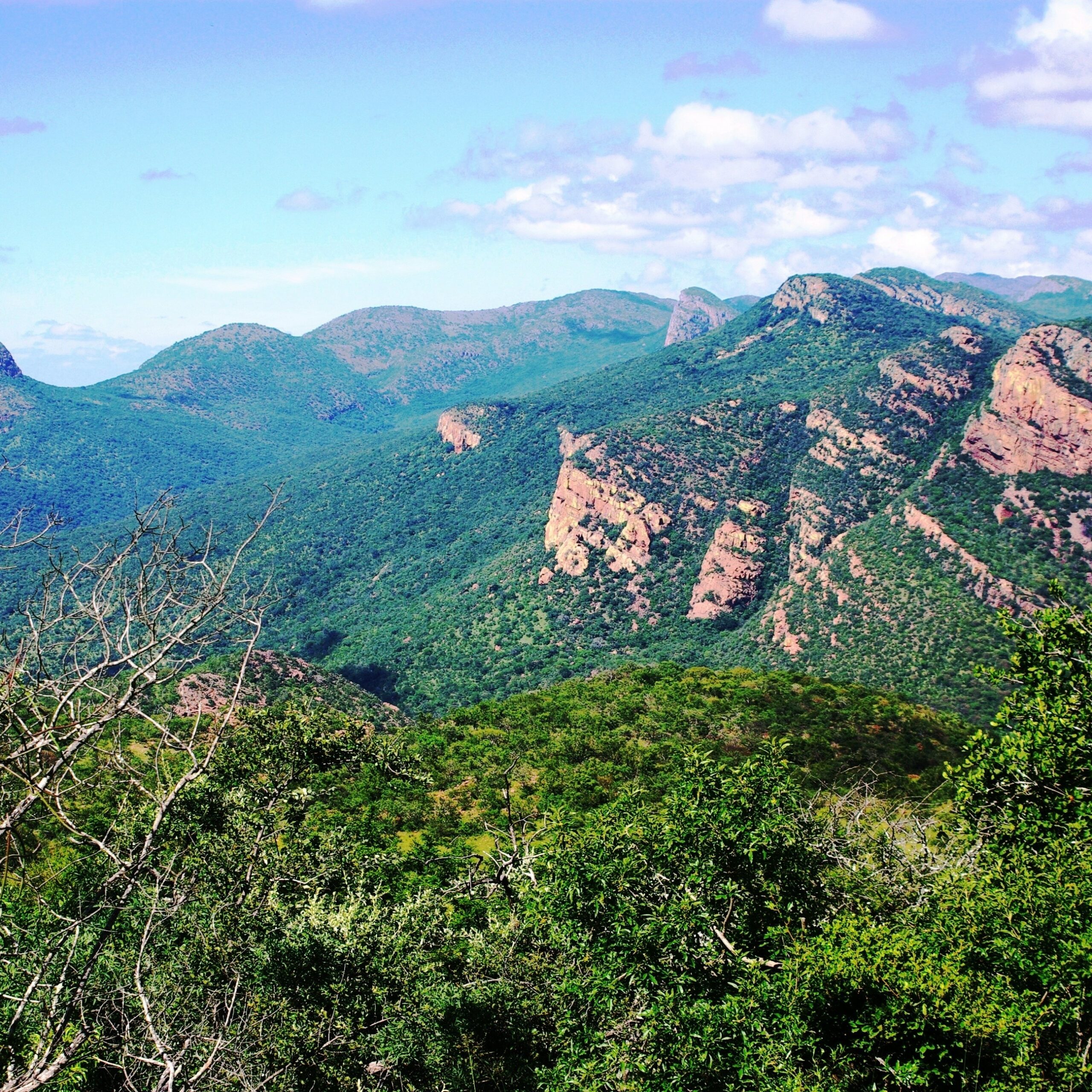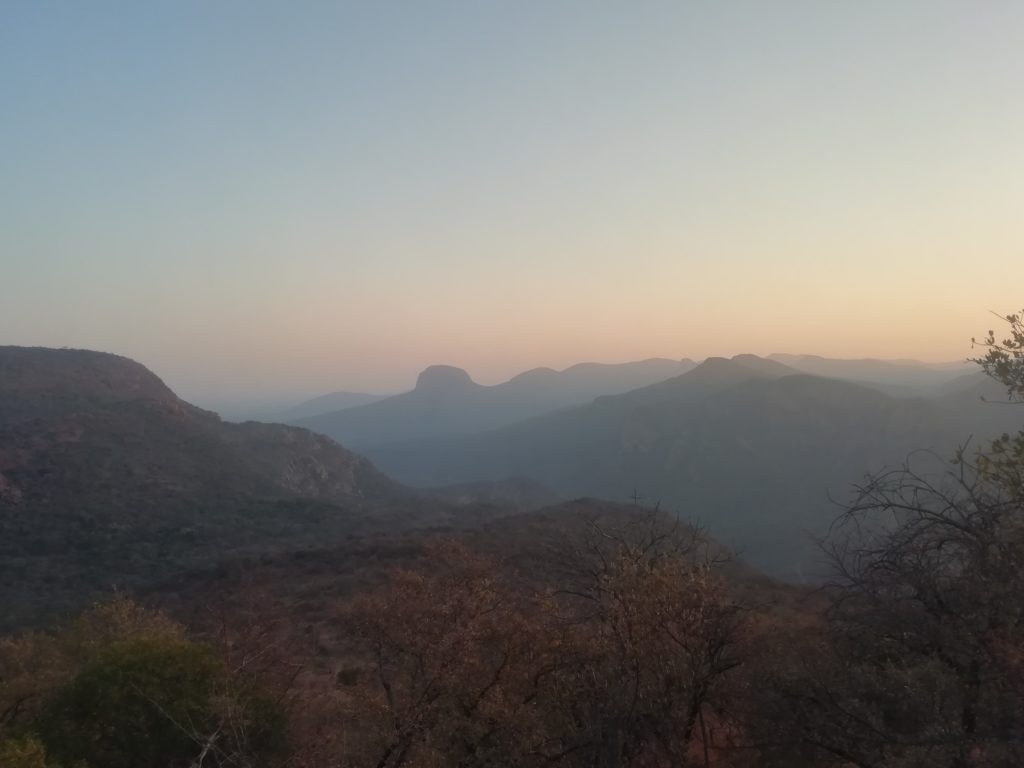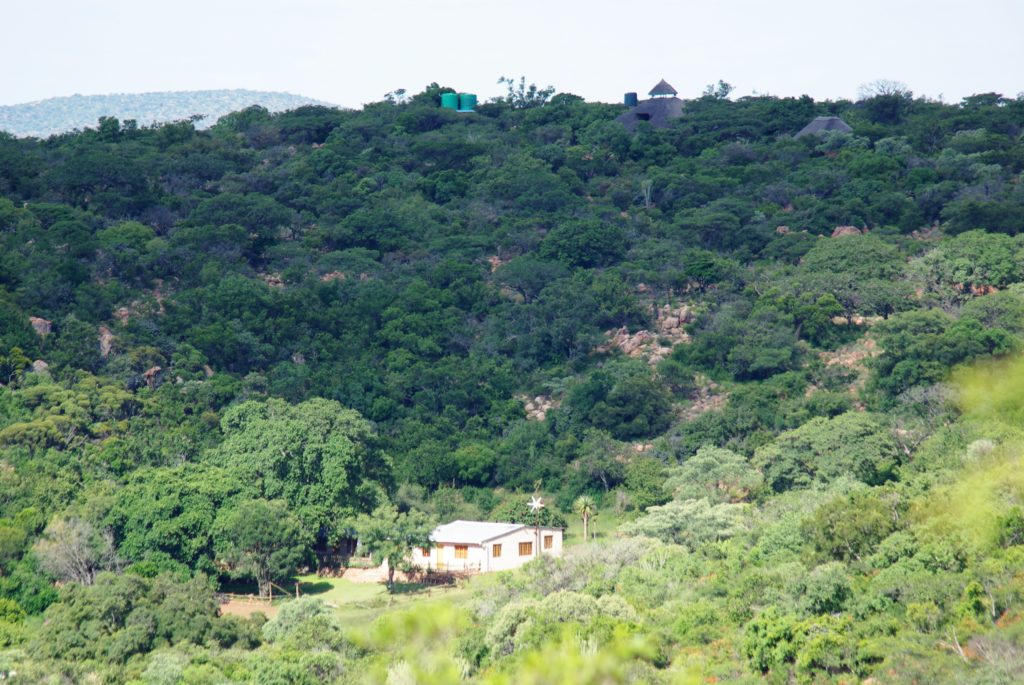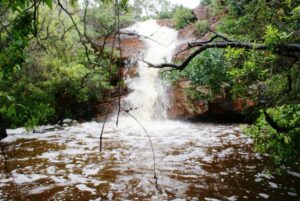EXPANDING OUR CONSERVATION FOOTPRINT IN THE SOUTPANSBERG

Belinda Glenn, EWT Marketing and Communications Manager
A little over a year and a half after our purchase of the Medike Nature Reserve, the EWT has acquired an additional 1,335 ha of critically important habitat in the Soutpansberg Mountains. This brings the area under EWT conservation management to around 2,800 ha. This recent acquisition borders the Medike Nature Reserve, which was acquired in 2018, a wonderful feat made possible by the generous support of Rainforest Trust (USA), the Roberts family (Australia), and James Douglas Wilson (Bahamas).
The Soutpansberg Mountains within the Limpopo Province are South Africa’s most northern mountain range and are home to thousands of species of insects, plants, birds and mammals that are found nowhere else on earth. With less than two percent of this area being formally conserved, the EWT has identified this region as being in urgent need of protection due to the high presence of threatened species, its extraordinary variety of important habitat types, its crucial role in water production, and its value as a centre of cultural heritage for many communities.
The initial purchase of the Medike Nature Reserve only the first step in a long-term project to realise the dream of establishing the Soutpansberg Protected Area, which will ultimately span in excess of 23,000 ha. Not only does the newly acquired property protect a variety of unique vegetation types such as the extremely rare Northern Mistbelt Forest, the endemic Soutpansberg Summit Sourveld, and Soutpansberg Mountain Bushveld, of which only 3.6% was previously protected, it also forms a critical link between the EWT’s Medike Nature Reserve and the existing Happy Rest Provincial Nature Reserve.

Purchasing this high-altitude property adjacent to our Medike Nature Reserve in the Sand River gorge is also an excellent example of a climate response corridor with altitudinal variation. As systems warm, it is expected that ecological niches will shift upwards in altitude and by protecting areas from valley bottoms through to hilltops it is commonly understood that this creates adaptation potential for a large number of species.
The EWT aims to safeguard the future of hundreds of threatened species through our local conservation activities, which will protect the unique biodiversity and landscapes, and support the development of sustainable livelihoods in the western Soutpansberg Mountains. We are achieving this through the establishment of a formal protected area corridor for the entire western Soutpansberg, while at the same time strategically addressing threats to species and their habitats across the region, through actions such as the control of invasive alien plant species from the mountain’s catchments and the deployment of our anti-poaching units in poaching hotspots, as well as securing critical cultural heritage and sacred sites for local Venda people

The creation of a large protected area will not only mitigate wildlife threats, but will also enhance economic activities in the area, thus promoting sustainable job creation within the eco-tourism, biological research, and education sector in and around the mountain. Our vision will see the Soutpansberg mountain become not only a refuge for the protection of amazing threatened habitats and species but also a tourism centre for people to enjoy and experience for centuries to come.
EWT CEO says, “It is significant that, during Heritage Month in South Africa, this long-awaited conservation transaction was finalised. The EWT and our partners, Rainforest Trust, the Roberts Family and James Douglas Wilson, with the invaluable support of Cliffe Dekker Hofmeyr, are creating something very special in this ancient mountainous landscape, by preserving the cultural and natural heritage of multiple communities of life, for the future. As we expand our conservation footprint in this region, the opportunities to engage local communities in sustainable, green economy enterprises that will support their livelihoods, in an area of devastating poverty and unemployment, also grows. We are excited about the potential to develop a unique conservation model that capitalises on the area’s unique biodiversity and cultural heritage to the benefit of existing and future generations and to unpack the secrets of this wondrous Garden of Eden through our ongoing discovery of new species.

SONY DSC
